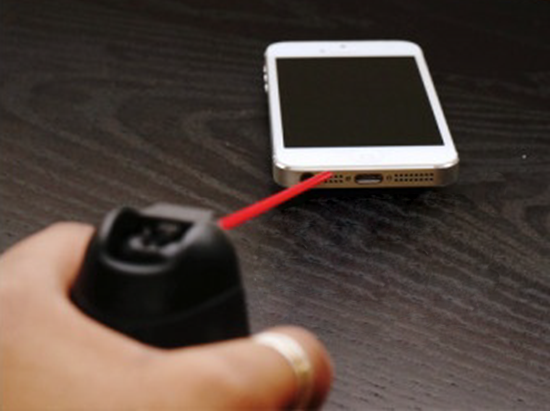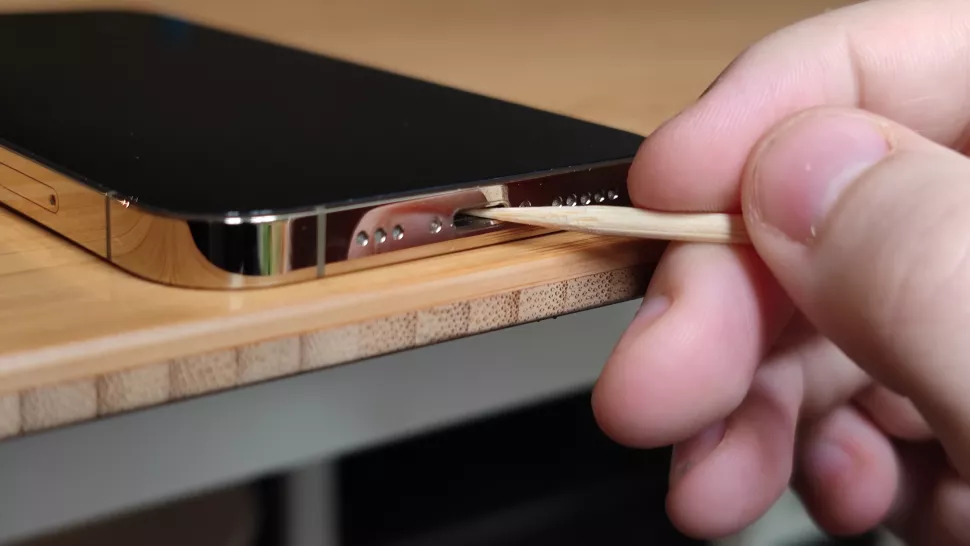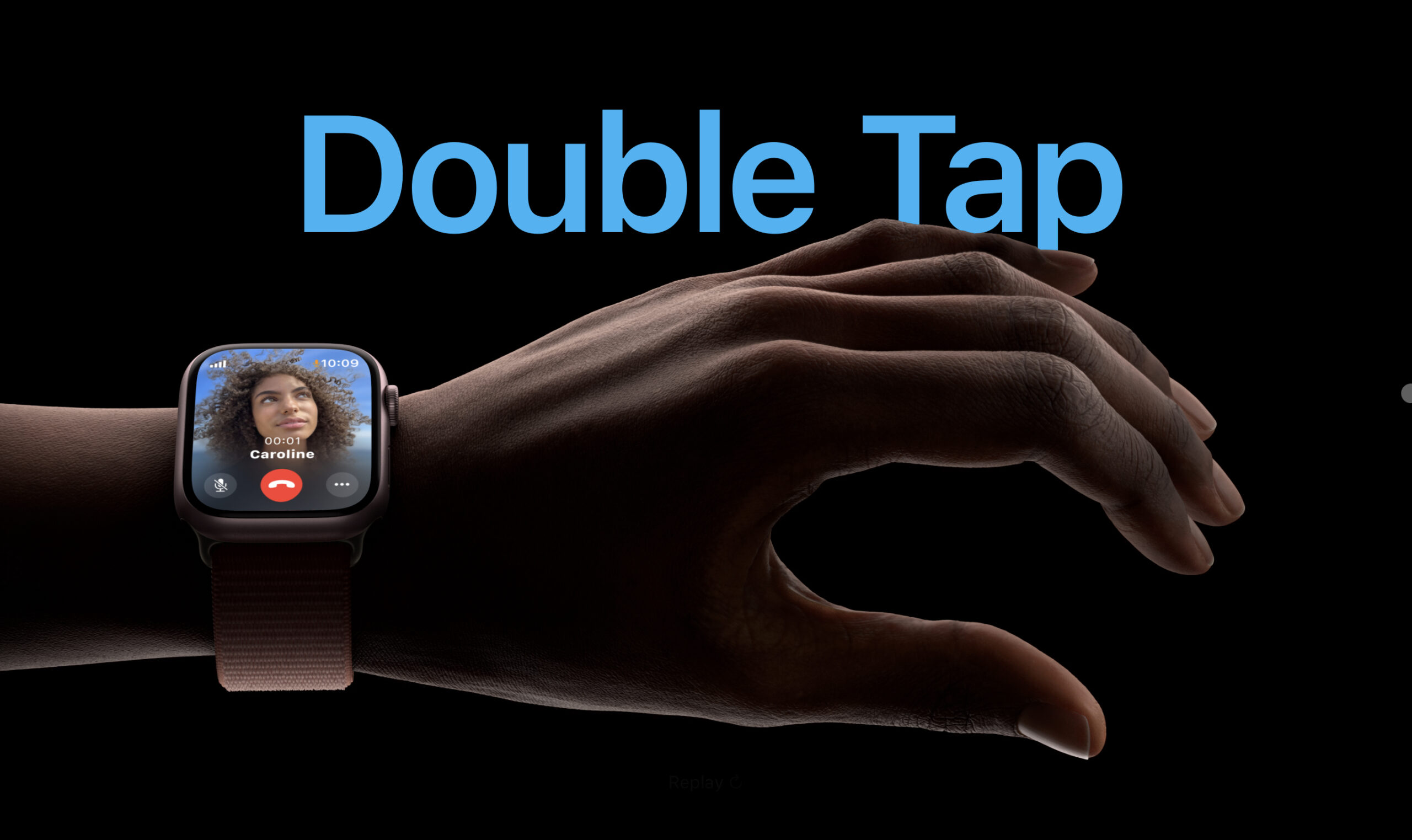It’s your worst nightmare when you’ve only got 5% battery life, so you plug in your iPhone charger and — nothing. That moment of panic has hit most of us at least once and always leads to the rapid fire of worst case scenario questions: what if this is it? Do I need to download anything before it dies? Do I need a new phone?
There is no reason to panic. There are a few reasons that your iPhone might not be charging properly. You might need to restart your phone, check the Lightning cable for kinks and breaks, and ensure your power source is working. If you check all those things and it still doesn’t work, it’s possible there’s enough debris in your port to keep the connector from making a solid connection.
Here are their tips for cleaning your phone’s charging port safely.
Compressed Air

The first option, in most cases, should be using compressed air. If you have access to such an item, it’s an excellent way to blast away any loose dirt and allow the port to work optimally once again without putting the Lightning port at risk in any way. Make sure that the can is used upright. Otherwise, the air within the can will compile into liquid form and leak.
Pick It Out
If a can of compressed air isn’t available, then using a simple needle-like implement to withdraw or scrape out the embedded dust is a reasonable option.
By slowly sliding the implement in, one can hopefully gently scrape away any of the dirt that might be hampering the charging process.
We recommend using a toothpick, as it’s made of wood and will do less damage to the Lightning port if mishandled. It’s also nonconductive and won’t accidentally electrocute you as you clean the port.
Paper clips and needles are often small enough to fit, but scraping with metal implements can cause significant damage to the connections and is not recommended.
Isopropyl Rubbing Alcohol
If physical removal isn’t doing the job, there is a more extreme option one can try: rubbing alcohol.
Using a wipe and a toothpick, or applying rubbing alcohol to a bit of cotton that is then swiped inside the port can be effective for removing the clingiest of dirt.
However, make sure it’s isopropyl alcohol as opposed to ethyl alcohol since ethyl can cause significant damage to the hardware inside.
This can be risky, so be extremely careful so you don’t destroy the hardware. If you’re uncomfortable with the potential risk, it might be worth visiting your local Apple repairman instead.
Talk to an Expert
If the steps above fail to fix the problem or make you feel uncomfortable, it’s often best to allow those trained in fixing Apple products to do the job. It minimizes risk. Plus, if they break it, then they are liable for the problem; not you.






